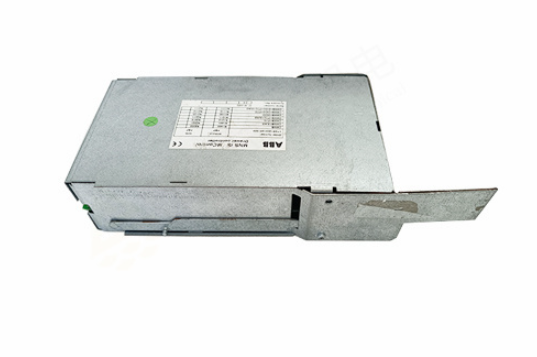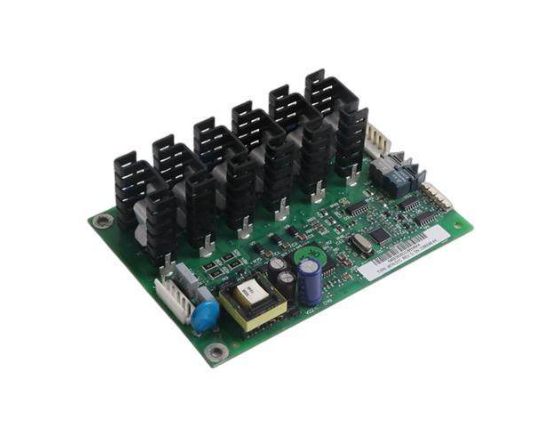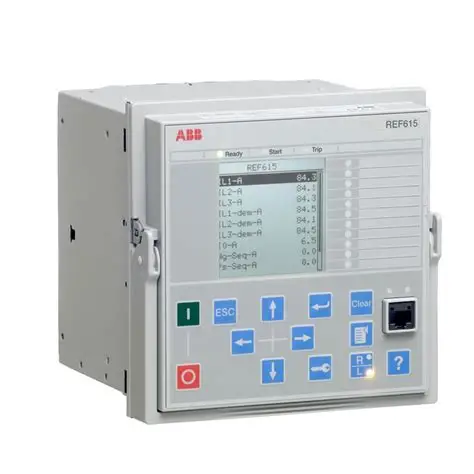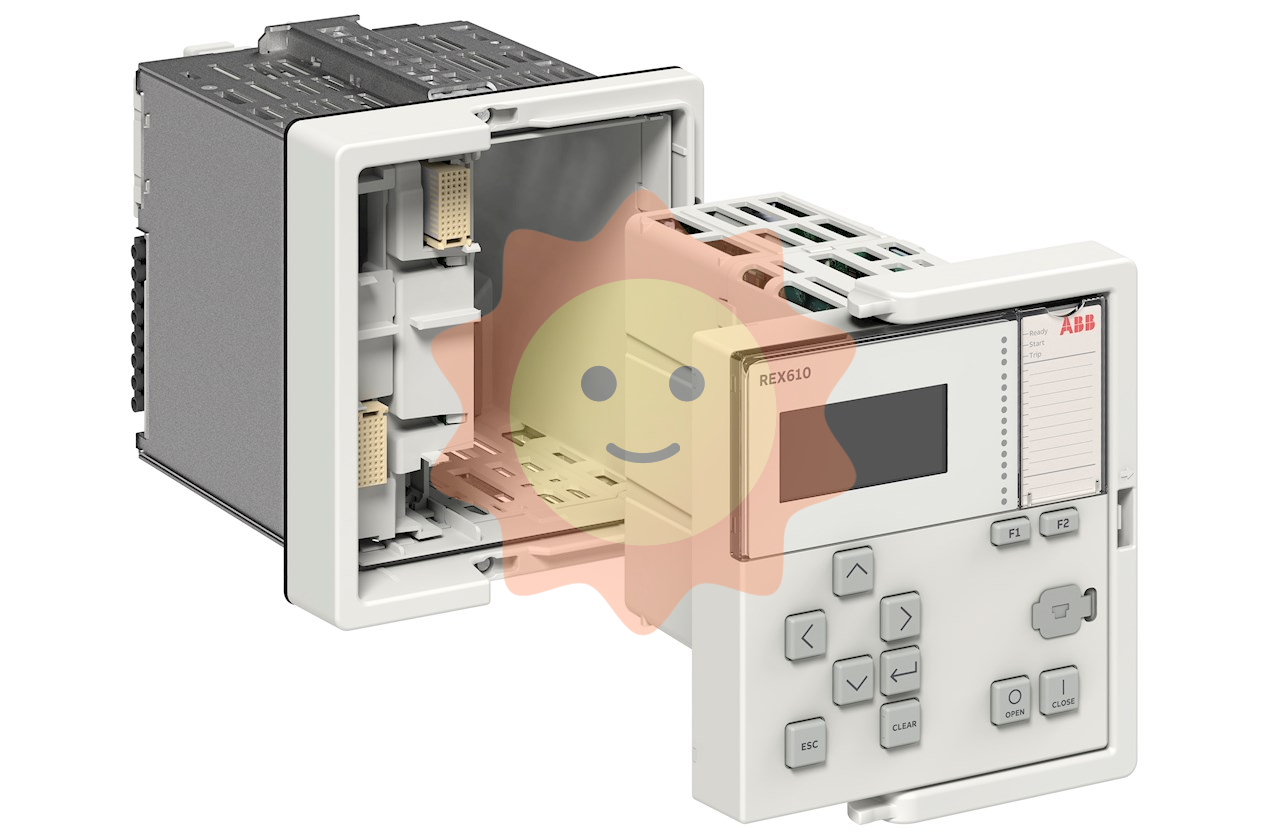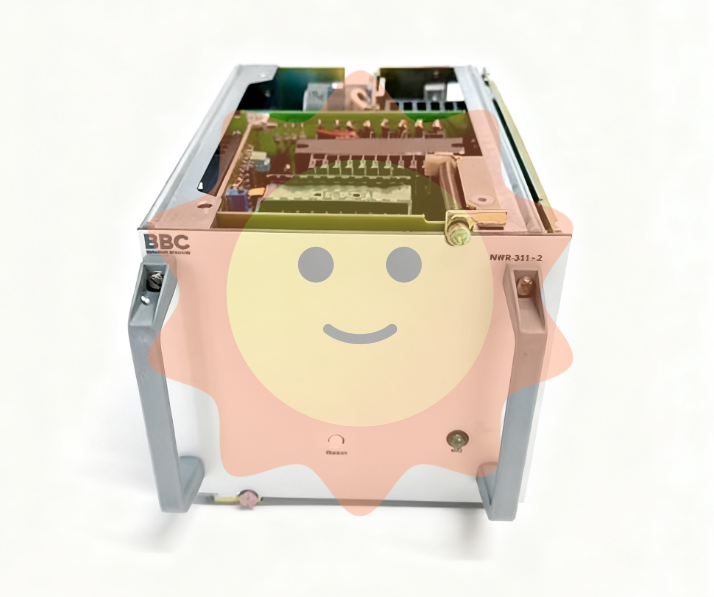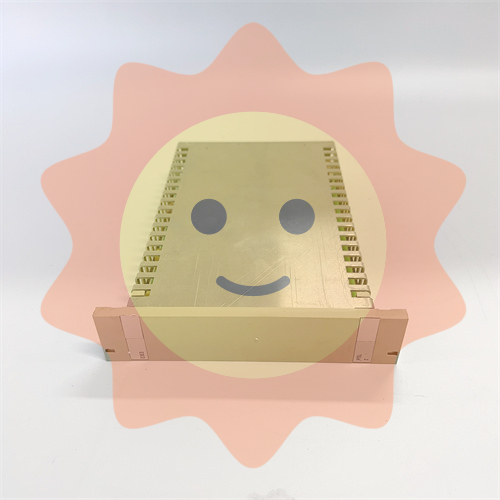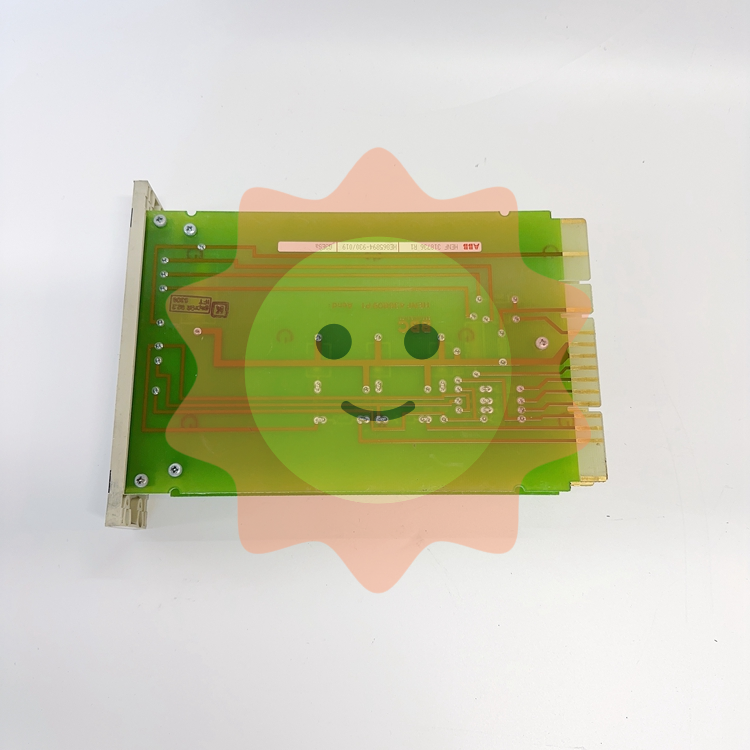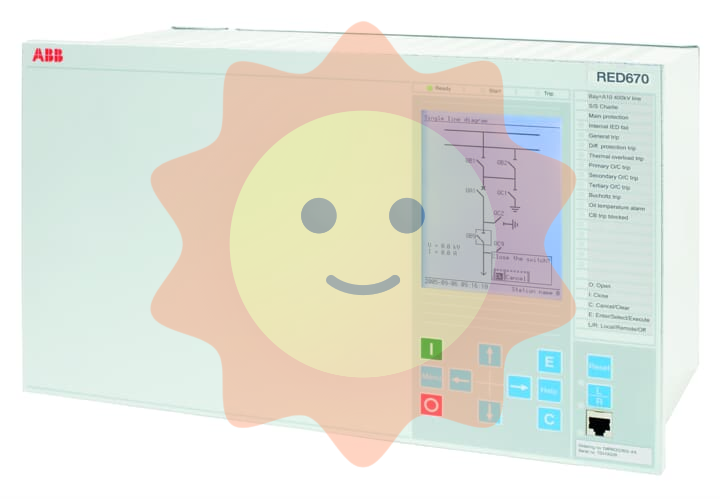Global Food and Beverage Trends 2022, three trends see long-term growth opportunities
On March 9, 2022, Mintel released three global food and beverage trends for 2022: Being in control, having fun and being flexible. Mintel believes that the COVID-19 pandemic, economic volatility and regional and global events from 2020 to 2021 have led to new consumer behaviours, attitudes and values.
Trend 1: Be in control
In times of uncertainty, consumers want to feel in control of their lives, and the slowdown during the pandemic has given people more time to think about their relationship with the planet, according to Mintel. In a Mintel survey of 1,200 Chinese Internet users aged 18-59, 61 percent of Chinese consumers said that being transparent about product and production information improves their feelings about a company/brand. In addition to clear product information, brands also need to communicate their involvement in environmental protection to consumers in more detail, and the practice of corporate social responsibility.
David Faulkner, Director of Food and beverage at Mintel, explains that consumers are "in control" of their food and drink at both the micro level of meeting individual needs and the macro level of decisions that affect communities, countries or the planet.
In 2022, people want to see credibility and more concrete real progress on the brand's health, environmental and ethical commitments. In this context, there are several trends in the food industry for reference:
1. Now: Help consumers regain control of their health
In 2022, affected by the pandemic, many consumers will want to be "in control" of their health. As consumers want to protect their physical health in various ways, food brands can add additional personalized functional ingredients to meet increasingly segmented health needs.
For example, in December 2021, Nestle China Innovation Incubator launched the "milk berry", which uses traditional Chinese ingredients wolfberry, and uses Nestle's "patented emulsification" technology to melt milk and wolfberry into freeze-dried powder. According to the ingredient label, the only three ingredients in the beverage are goji berries, milk powder and vitamin E. [1] The product has a relatively clean ingredient list, and the Chinese herbal medicine wolfberry and milk powder are combined together.
Japanese brand morinaga's protein bars, on the other hand, have added lactococcus lactis and are clearly labeled on the packaging.
2. Now: Manage your health through guilt-free healthy eating
The stress of daily life during the epidemic has led many people to want to find comfort in food, or even "revenge eating". By 2022, more consumers are looking for healthier products to help them achieve their goals of healthy eating and weight control.
According to Mintel, healthy food and drinks in the form of instant meals appeal to 45 percent of Japanese adults, for whom busy lifestyles make it difficult to maintain a healthy diet and the need for products to control their weight is even greater.
Korean food brand Hongblanc has launched a "brown rice Slimming potato chip", which is said to be made from brown rice and sea salt, low in fat, sodium and calories, about 98Kcal per serving.

Japan's Rakuten Food has also launched a "weight management gum", which belongs to the Japanese functional expression food.
The fruit and vegetable fiber cleansing brand "21BEAUTY" is a healthy food brand that adds a "clean label".
21BEAUTY's product design principle is: formula no more than six food products, no added sugar, substitute sugar and additives. In addition, the functional formulas in the product, such as bird's nest acid, sodium hyaluronate, astaxanthin and collagen and other raw materials, are added in accordance with the daily effective dose standard of scientific literature, and no conceptual addition is carried out.
3. Now: Be responsible for environmental and ethical commitments
Mintel Trends predicts that consumers will expect brands to be more transparent about environmental protection and corporate social responsibility. AGF, a Japanese coffee brand, has obtained several environmental certifications and has launched products with an environmental certification label.
Sumida River has also launched a rainforest certified coffee bag. The "Rainforest Alliance" (international NGO), which issued this certification, will evaluate the ecological protection, pesticide use, waste management, labor rights and other benchmarks of coffee production, and only coffee that passes the benchmark and is certified can be called "rainforest certified coffee".
According to Mintel analysis, most consumers understand that it takes time for companies to become environmentally friendly and socially responsible. Brands with low ratings that are currently failing to meet their goals can also earn trust by honestly admitting and publicizing improvement plans.
4. Now: Increased interest in ethical statements
Tan Heng Hong, food and beverage analyst at Mintel Asia Pacific, also noticed ethical claims in dairy products. "As consumers look at dairy products from an ethical perspective, dairy companies in Asia Pacific can focus more on ethical dairy farming. In China, 24 percent of consumers refer to high animal welfare standards when choosing food and beverage products."
5, recent: efforts to communicate openly with consumers
In order to give consumers a "sense of control", companies need to provide detailed and truthful information, and can also introduce the conclusions of third-party testing agencies as endorsements. Moreover, according to Mintel's analysis of Global Food and Beverage Trends 2021, consumers want to know more details about product pricing, such as if the price of a product is higher than average because the brand has invested in health, the environment, corporate social responsibility, then companies need to disclose this information and establish communication with consumers.
6. Near-term: Standardization and measurement of climate and ethical commitments
According to Mintel's Global Consumer Trends 2022 Climate issue, sustainably-minded consumers are more likely to choose products that show the carbon footprint of agriculture, transport, processing and other factors.
Last year, Satine launched 0 aluminum foil low carbon aseptic paper based composite packaging, which the brand claims can reduce its carbon footprint by 41.8%.
Mintel 2022's Ethics Check of Global Consumer Trends predicts that consumers will seek tangible, measurable ethical commitments in areas such as animal welfare and fair pay. In fact, 37 percent of Chinese consumers say they are prepared to boycott unethical companies.
7. The future: Technology makes it easier to "be in control.
In the next five years, consumers will be able to buy food, beverages and catering services with traceable raw materials, and more consumers will have the opportunity to buy food and beverages made by efficient and controllable technology, Mintel survey of 1,000 Internet users over the age of 18 shows that 37% of Chinese consumers have tried/are interested in trying food and beverages produced by indoor farms.
Chilean plant-based food technology company NotCo uses an AI algorithm system called Giuseppe to help develop its products. After the sample is ready, and based on the manual tasting feedback, Giuseppe makes further optimization suggestions to help product development decisions until the product is released.
At the same time, the introduction of technology will also optimize the "control" experience. For example, smartphones can filter out some information through personalized preferences, so that consumers can easily access the information they care about. AI and AR technologies may be used to optimize consumers' shopping experience and provide consumers with more personalized healthy eating solutions.
Trend two: Have fun
Mintel's "Global Consumer Trends 2022" "Free to enjoy" forecast ", after experiencing the lockdown of the epidemic, consumers are eager to break free, explore and enjoy novel experiences. Consumers seek pleasurable products that enhance the flavor, color, texture, aroma and interactivity of food and beverages. Mintel surveyed 2,948 Internet users over the age of 18. 56% of Chinese consumers have used and will continue to use delicious food to boost their mood.
Moreover, social media has become an important force in promoting food innovation and educating consumers, according to Mintel research, 56% of Chinese consumers have purchased new food and beverage products discovered on social media, 54% of Chinese consumers get information about snack products from social media platforms, and 35% of Chinese consumers follow many food bloggers and Kols on different platforms.

1. Now: Enhance consumer stickiness with shareability factors
According to Mintel analysis, food and beverage products need to adapt to establish communication with consumers on social media and enhance consumer stickiness with shareable factors.
Hicha has issued an annual color card with color codes attached to its products. The rich variety of colors can attract the eye. The form of the color card itself is also a shareable point of communication.
2. Now: Spread the fun of DIY food and drink on social media
Mintel also analyzed that the product form that can mobilize more senses and more participatory sense is more likely to trigger transmission. Consumers enjoy sharing DIY food and drink on social media. Coffee liquid products that can carry out a variety of fancy drinks are becoming popular in the domestic market.
On different social media platforms, we can see users spontaneously sharing DIY fancy drink recipes. Coffee liquid and black tea, milk, soy milk and other different bases with different drink solutions.
3. Near term: Encourage consumers to play with food/beverage products and achieve product interaction
Japanese soy milk brand Marusan has designed a product gameplay website, providing a variety of ways to open soy milk products - make soy milk ice cream, soy milk popsicles, soy milk flavored snacks.
When you click on one of the products, the page will show the specific production method, and this form of interaction enhances the consumer experience.
4, near term: Encourage consumers to be creative and interact with food and beverage
Mintel suggested that food and drink brands could offer recipes to consumers, encouraging them to be creative and unlock new flavors and different combinations of textures. Japan's Suntory shares a lot of products and other brand products, inviting consumers to participate in the try.
The popular "convenience store bartending" last summer is also a creative way for consumers to unlock different drinks.
5. The future: Take chances to make everyday life more interesting
We also saw a very interesting case where the pasta brand Barilla combined music and pasta into the consumer's life scene to add fun experience. It has a playlist on music App Spotify that plays at the same time as the pasta is cooked. Consumers can enjoy music while cooking pasta.
6, the future: Multi-sensory products and gamification elements can make food more interesting
Mintel also predicts that in the next five years, consumers will need to balance their online and offline lives, so some consumers will slow down their pace of life in pursuit of spiritual enjoyment and pleasure. Consumers will also seek sensory experiences that are not available in the digital realm, such as taste, smell and touch. Already, 26% of Chinese adults say aroma is an important factor when buying freshly brewed coffee. Multi-sensory immersive eating experiences will be difficult to provide online digital experiences.
Trend 3: Flexible space
Mintel said the inspiration for the "flexible space" came from a change during the pandemic - a living room turned into a gym, a bar turned into a vaccination site, and an e-commerce platform built a VR panoramic showroom. People have developed more functions in their home space, and food and beverage products adapted to the new lifestyle of consumers have emerged.
According to Mintel's Global Consumer Trends 2022 "Flexible Spaces", brands can create multi-functional, meaningful Spaces offline or online, providing consumers with places to communicate, shop, eat and drink, and can help consumers build platforms where they can spend time, express themselves and meet new people.

1, the present: food and beverage products are reused for household consumption
The family scene is becoming a more versatile space, and the consumer demand in the family scene has become more abundant. Convenience foods for the lazy are popular, such as Japanese food brand Myojo's instant food products, which can be heated and eaten directly by consumers, eliminating the need for kitchenware and reducing the hassle of washing dishes.
And foods that can be eaten in a variety of ways, such as FritoLay salt and pepper flakes, which can be eaten as a dip or added to salads or mixed with corn.
Asahi All-Open beer is a product that restores the bar experience, its bottle cap can be completely open, once the cap is opened, there will be a wealth of small bubbles, at home can also have a similar experience in the bar.
2. Near term: Get creative in physical and digital Spaces and build multifunctional Spaces for consumers
Mintel believes that the main function of a retail space can be more than just selling products. For example, cafes can be used to discuss business cooperation, while supermarkets can host birthday parties. Businesses can also expand their offerings by offering delivery services. The offline physical store will become a place for consumers to feel the brand culture and experience products, and promote a deeper connection between consumers and brands.
Melanie ZanozaBartelme, associate director of Food and drink at Mintel, said: "We know that consumers are seeking deeper connections with others based on their hobbies - from sports to gaming to a shared love of a particular food or drink brand. Brands are starting to provide platforms online and in real life for these like-minded people to come together and make these interests core to their identity."
In 2020, coffee brand TimHortons and Tencent esports cooperation to open the first esports theme store landed in Shanghai, the store space set up a black area, interactive table, team photo screen, esports 5v5 private room, etc., restore the real esports competition scene.
3. The future: Food that brings digital life into the real world
Mintel predicts that in the future, food and beverage products can take advantage of the booming video game business to drive product innovation and marketing activities. According to statistics, 43 percent of Chinese consumers are interested in buying food and drinks co-branded with video games.
There have been a few similar attempts around the world, such as Slime Kamaboko, which was inspired by a game called Dragon Quest.
- EMERSON
- Honeywell
- CTI
- Rolls-Royce
- General Electric
- Woodward
- Yaskawa
- xYCOM
- Motorola
- Siemens
- Rockwell
- ABB
- B&R
- HIMA
- Construction site
- electricity
- Automobile market
- PLC
- DCS
- Motor drivers
- VSD
- Implications
- cement
- CO2
- CEM
- methane
- Artificial intelligence
- Titanic
- Solar energy
- Hydrogen fuel cell
- Hydrogen and fuel cells
- Hydrogen and oxygen fuel cells
- tyre
- Chemical fiber
- dynamo
- corpuscle
- Pulp and paper
- printing
- fossil
- FANUC
- Food and beverage
- Life science
- Sewage treatment
- Personal care
- electricity
- boats
- infrastructure
- Automobile industry
- metallurgy
- Nuclear power generation
- Geothermal power generation
- Water and wastewater
- Infrastructure construction
- Mine hazard
- steel
- papermaking
- Natural gas industry
- Infrastructure construction
- Power and energy
- Rubber and plastic
- Renewable energy
- pharmacy
- mining
- Plastic industry
- Schneider
- Kongsberg
- NI
- Wind energy
- International petroleum
- International new energy network
- gas
- WATLOW
- ProSoft
- SEW
- wind
- ADVANCED
- Reliance
- YOKOGAWA
- TRICONEX
- FOXBORO
- METSO
- MAN
- Advantest
- ADVANCED
- ALSTOM
- Control Wave
- AB
- AMAT
- STUDER
- KONGSBERG
- MOTOROLA
- DANAHER MOTION
- Bently
- Galil
- EATON
- MOLEX
- Triconex
- DEIF
- B&W
- ZYGO
- Aerotech
- DANFOSS
- KOLLMORGEN
- Beijer
- Endress+Hauser
- MOOG
- KB
- Moxa
- Rexroth


Email:wang@kongjiangauto.com

